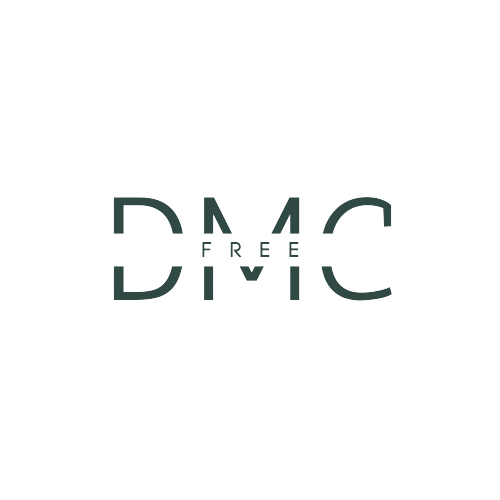
The design world is filled with various terms and concepts crucial for practitioners but can sometimes be confusing for newcomers or even seasoned professionals looking to broaden their knowledge. Two terms often interchanged or misunderstood are “type” and “lettering.” In this article, we will dive deep into understanding the differences between these two, explore various lettering styles, and provide resources on where to learn these skills for free.
Table of Contents
Type vs. Lettering: Defining the Terms
Type refers to pre-designed, reusable letters and characters. When you select a font on your computer, you choose a typeface, a complete set of characters—letters, numbers, and symbols—that share a common design style.
Lettering, on the other hand, is the art of drawing letters. Unlike type, lettering is created for a specific use and is not reusable. Each lettering piece is unique and crafted for a particular project or purpose.
Type vs. Lettering
| Type | Lettering |
|---|---|
| Serif | Times New Roman, Georgia, Garamond |
| Sans-Serif | Arial, Helvetica, Calibri |
| Script | Brush Script, Lucida Calligraphy |
| Display | Impact, Papyrus, Comic Sans |
| Handwriting | D’Nealian, Cursive, School Script |
Exploring Lettering Styles
Lettering comes in various styles, bringing a design’s unique flair and vibe. Understanding different lettering styles is crucial for designers, allowing them to pick and create the right lettering for any project.
Popular Lettering Styles:
- Calligraphy: Elegant and formal, often used for invitations and certificates.
- Hand Lettering: A broad category that includes any letters drawn by hand, showcasing the artist’s style.
- Brush Lettering: Created with a brush or brush pen, resulting in thick and thin strokes.
- Graffiti Lettering: Bold and colorful, often seen in street art.
- Vintage Lettering: Inspired by old-school styles, bringing a retro vibe.
Incorporating various lettering styles into your designs can add personality and depth, making your work stand out.

Salaries and Qualifications
When pursuing a career in type design or lettering, the qualifications required and potential earnings can vary significantly depending on the country and level of expertise. Below is a table comparing average annual salaries and qualifications required in top countries.
| Country | Average Salary (Type Designer) | Average Salary (Lettering Artist) | Qualifications Required |
|---|---|---|---|
| United States | $60,000 – $85,000 | $50,000 – $70,000 | Bachelor’s Degree in Graphic Design or related field, portfolio showcasing work |
| United Kingdom | £30,000 – £45,000 | £25,000 – £40,000 | Bachelor’s Degree in Graphic Design or related field, strong portfolio |
| Canada | CAD 50,000 – CAD 75,000 | CAD 40,000 – CAD 60,000 | Bachelor’s Degree in Graphic Design or related field, extensive portfolio |
| Australia | AUD 55,000 – AUD 80,000 | AUD 45,000 – AUD 65,000 | Bachelor’s Degree in Graphic Design, strong portfolio, and experience |
| Germany | €40,000 – €60,000 | €35,000 – €50,000 | Bachelor’s or Master’s Degree in Graphic Design, robust portfolio |
Where to Learn for Free
For those looking to learn type design or lettering, numerous free resources are available online. Here are some recommendations:
1. YouTube
- What You Can Learn: Basics of various lettering styles, type design tutorials, and software usage.
- Pros: Visual learning, a wide variety of tutorials available.
2. Coursera
- What You Can Learn: Comprehensive courses on graphic design, including type and lettering.
- Pros: Courses from top universities and institutions, structured learning path.
3. Behance Live
- What You Can Learn: Watch professionals work on lettering projects in real-time, ask questions and learn their techniques.
- Pros: Real-world application, the opportunity to interact with experienced designers.
Incorporating External Resources
To further your understanding and skill development in design, exploring related areas such as UI and UX design might be beneficial. Check out these articles for more information:
These resources provide knowledge and tools to enhance your design skills and broaden your understanding of the industry.
Conclusion
Understanding the difference between type and lettering is crucial for any designer, as it affects how you approach and execute your projects. While type revolves around pre-designed, reusable characters, lettering is about creating unique, drawn letters for specific purposes. By exploring various lettering styles, honing your skills, and leveraging free educational resources, you can excel in both domains and elevate your design work to new heights. Whether you’re drawing inspiration from vintage styles or contemporary graffiti, the world of lettering offers endless possibilities for creative expression.


